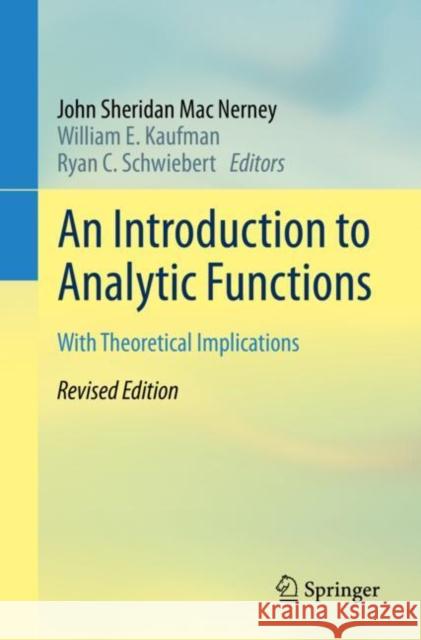An Introduction to Analytic Functions: With Theoretical Implications » książka
topmenu
An Introduction to Analytic Functions: With Theoretical Implications
ISBN-13: 9783030420840 / Angielski / Miękka / 2020 / 92 str.
Kategorie:
Kategorie BISAC:
Wydawca:
Springer
Język:
Angielski
ISBN-13:
9783030420840
Rok wydania:
2020
Wydanie:
2020
Ilość stron:
92
Waga:
0.18 kg
Wymiary:
23.11 x 19.56 x 0.25
Oprawa:
Miękka
Wolumenów:
01











